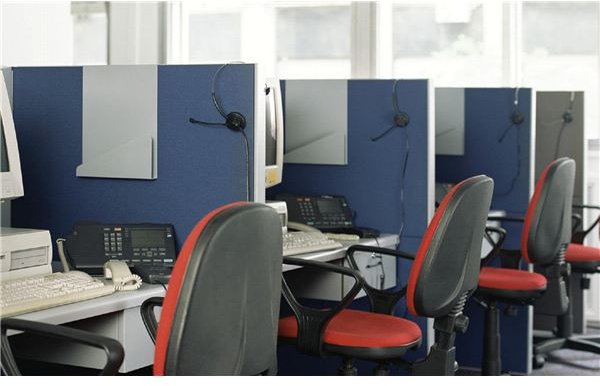How to Identify the Ideal Size for a Project Management Team
How Does Team Size Affect Team Success?
Many managers and project leaders can attest that team size has a significant impact on whether a team will succeed or fail at achieving a goal. Teams with fewer members are more likely to develop strong cohesive bonds that enable them to work cooperatively together, but smaller teams often lack the available resources to efficiently achieve a goal. Furthermore, the use of smaller teams greatly reduces the likelihood of social loafing, or free-riding on others’ efforts.
Larger teams have the benefit of utilizing a diverse range of strengths and skills and can brainstorm more effectively to identify a broader scope of problems and solutions. However, larger teams usually cannot effectively make reasonable decisions because interaction becomes more difficult and a phenomenon called groupthink, which is the tendency for individual members to suppress dissent in the interest of group harmony, is more prevalent.
Identifying the Ideal Team Size
Although project managers understand the importance of considering team size, it is extremely difficult to determine the ideal balance. Unfortunately, finding that perfect spot on the team size continuum depends on many factors. A team’s ability to be effective and achieve a common goal depends on three things –team size, team proximity, and the types of tasks being performed. In order to determine the ideal number of team members, it is important to examine the proximity of team members and the types of tasks being performed.
Proximity of Team Members
The first thing to consider is the extent to which team members will be working in close proximity to one another. If a team is expected to work closely with one another, both in proximity and degree of interaction, smaller team sizes are more effective because it is easier for fewer team members to schedule meetings, gather in common work areas, and remain pleasant.
However, when teams are expected to work more independently, team size becomes less problematic as long as team members are diverse in terms of skills and abilities. In instances where team members work alone on tasks and then occasionally gather to discuss progress, larger teams can be more effective, which is especially true for virtual teams.
Types of Tasks Involved
The next consideration involves the types of tasks involved, which include tasks that cannot be broken down into subtasks and those that can.
Task Unity
When a task cannot be divided into smaller subtasks, team size greatly influences successful performance. When a team’s success depends on the additive contributions of all members, the greater number of teammates available increases team performance. However, when a team is too large, a negative ceiling effect emerges because there are too many people attempting to complete a single task, thus limiting team performance. Alternatively, when individual success at each phase of a task is required, it is best to have fewer members because, as team size increases, the chance of having more incapable members increases.
Task Subdivision
When tasks can be divided among members, there is a positive increase on team performance. When more members are available to contribute resources, a team is able to divide a task into more subtasks, which decreases the time necessary to complete a task. However, the more subtasks, the harder it is for team members to combine individual results into a collective whole, thus jeopardizing successful team performance.
Putting It All Together
So, what does this all mean? It means that determining the ideal team size is difficult, but it is doable! Based on the needs of the project, a leader must identify how close team members will be working together and the types of tasks required. The following lists identify the recommended approximate team size for different situations.
Proximity
- High Proximity: teams work in the same room or on the same floor and interact at least 60% of the time (2-7 members)
- Medium Proximity: teams work in the same office building and interact between 30% and 60% of the time (7-12 members)
- Low Proximity: teams work virtually, remotely, or on different worksites and interact less than 30% of the time (12+ members)
Task Characteristics
- Unified Task with Additive Qualities: a team’s task cannot be divided into subtasks, and the task relies on the additive contributions of each team member (5-10 members)
- Unified Task with Individualistic Qualities: a team’s task cannot be divided into subtasks, and the task relies on the individual success of each team member (3-7 members)
- Divisible Task: a team’s task can easily be divided into subtasks for each member to work on individually (10-15 members)
